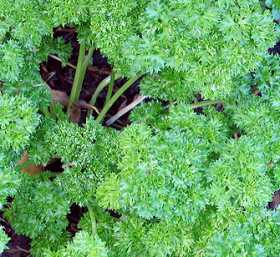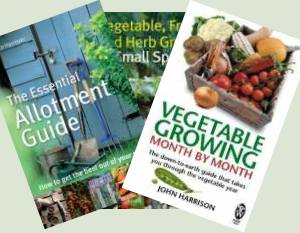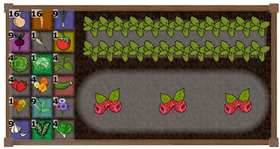How to Grow Parsley – A Guide to Growing Parsley
 There are two main types of parsley, flat leaved and curly leaved. It is thought that due to the similarity between flat leaved parsley and the poisonous weed fool’s or dog parsley (a member of the hemlock family) the curly leaved varieties were developed .
There are two main types of parsley, flat leaved and curly leaved. It is thought that due to the similarity between flat leaved parsley and the poisonous weed fool’s or dog parsley (a member of the hemlock family) the curly leaved varieties were developed .
Parsley will happily grow in a pot on your windowsill so it can be used throughout the year.
Varieties of Parsley
There are two main types of parsley, flat leaved and curly leaved.
The flat leaved varieties of parsley (often referred to as French or Italian parsley) tend to have a stronger flavour than the curly leaved varieties .
Amongst the most popular varieties of curly leaved parsley are Favorit and Moss Curled .
Pests and Problems with Parsley
Parsley is generally trouble free although it can be difficult to germinate.
Growing Parsley
Parsley can be sown directly outside but is notorious for being slow and difficult to germinate. Sterilising the drill before sowing with boiling water often helps. See this video on sowing parsley.
As parsley is tricky to germinate it is best started off indoors. I just use a multi-purpose compost and sow 4 or 5 seeds per module (15 units to a tray). Then cover the seed lightly giving about 25ºC bottom heat. You could do that indoors over a radiator if you don’t have a propagator. Be careful not to overwater as this can cause the seedlings to rot off.
For pot plants in the kitchen window. Sow around 10 seeds per 10cm pot in muti-purpose compost with bottom heat.
Once established they can be either kept in the pot on a windowsill, in a container on the patio or plant directly into the garden in a sunny or partial shady position.
If you’ve a nice decorative plant pot, just pop the plant pot inside that. Once the parsley is used, just replace with another pot from the greenhouse. That way it always looks good.
Although parsley is a biennial plant, it is usually grown as an annual because it bolts to seed so quickly in the second year
Harvesting Parsley
You can pick parsley when needed but if keeping parsley for the second year pick frequently to deter the plant from flowering and bolting.
Eating & Storing Parsley
Parsley is mainly used as a garnish or a flavouring herb, but it is delicious added to a soup or into a sauce. It can be deep fried and served as a separate vegetable but I don’t think that’s particularly healthy.
Parsley is suitable for freezing and drying.
Parsley is also very good for you. It’s extremely high in vitamin K which is essential for blood clotting and healthy bones and contains vitamins C & A along with minerals



